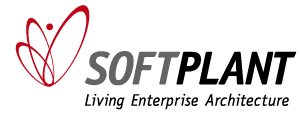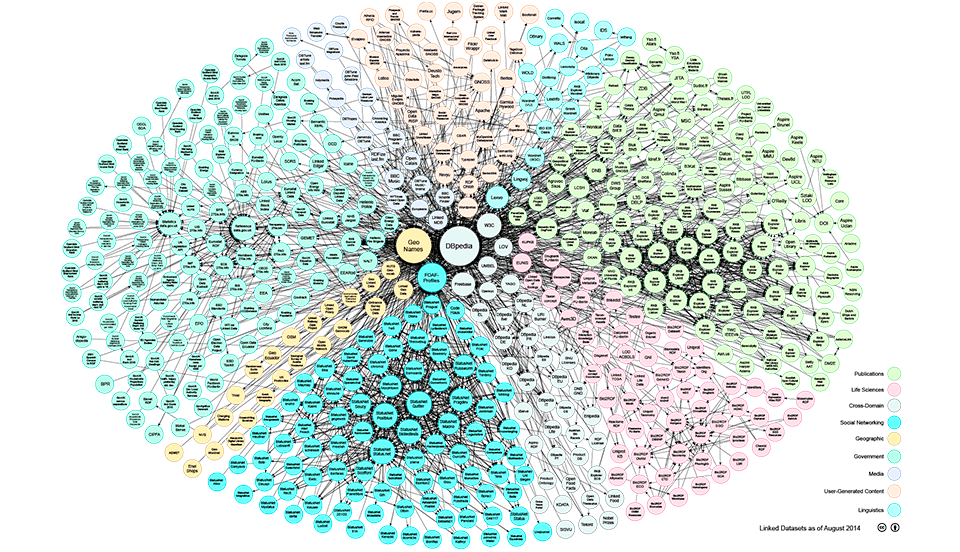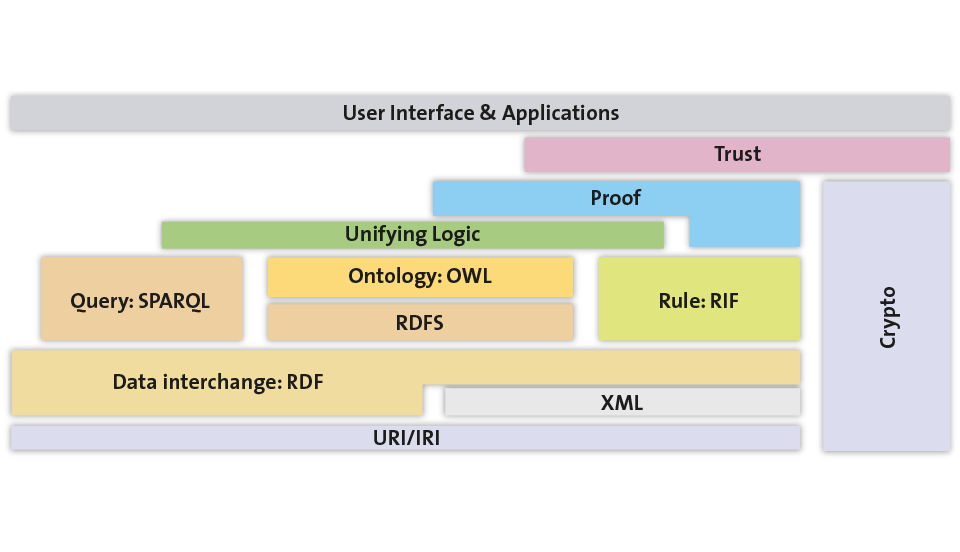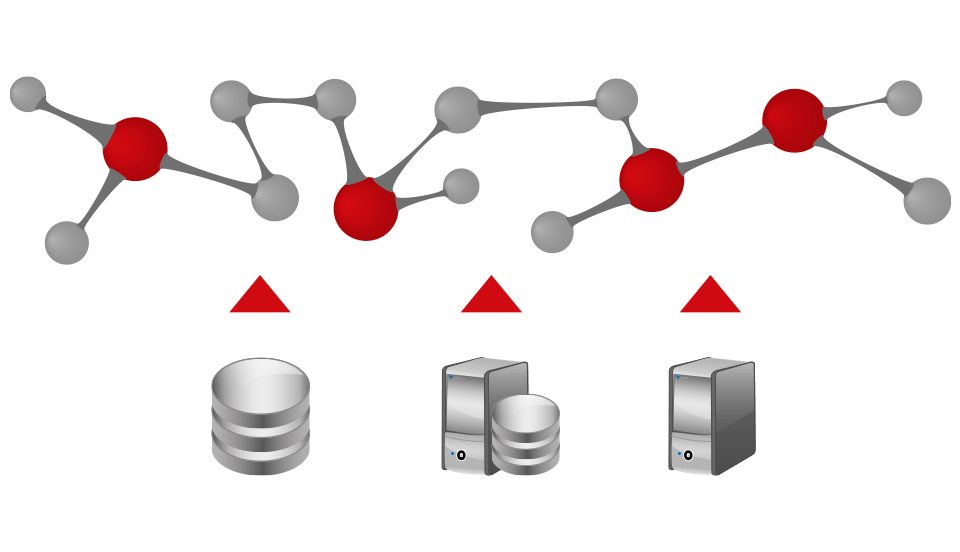New Ways for Interconnecting and Using Information
Dealing with the Flood of Information
The research field Semantic Web uses semantic technologies to interconnect heterogeneous information sources on the Internet and to describe their semantics. This gives allows for building a knowledge model (see Link) of the Internet that can be used for machine-supported information search and analyses.
Semantic technologies enable machines to understand the meaning of data and thus aid humans in dealing with vast amounts of information, not only on the Internet but also within enterprises.
While semantic Web research focusses on applications on the Internet, we make use of these technologies to facilitate intelligent information processing in enterprises.
The Semantic Web Stack
Semantic Web technologies are standardized by the World Wide Web Consortium (W3C). The technologies are summarized in the Semantic Web Stack (see Figure above). The different technologies are based on each other and are available as open standards. They are implemented and supported in wide range of tools.
The Semantic Web uses ontologies as central technology. An ontology is a formal model that defines concepts and their relations in order to describe complex knowledge domains. By doing this, each information source can be described in a consistent and machine-readable manner. Likewise, the relationships between information sources can also be modelled in ontologies.
Furthermore, knowledge can be inferred from ontologies using mechanisms available from Description Logics. Thereby, knowledge can be made explicit and usable.
Application Areas & Benefits for Enterprises
Ontologies semantically interconnect heterogeneous data sources. The resulting information models are flexible and can easily be extended and adapted to meet new requirements. This allows for an iterative approach for building information bases, e.g. for enterprise architecture management. The models are completely customizable with respect to the used terms within an enterprise.
Automated data processing can be easily realized using the formalized information. Analyses rely on up-to-date data directly from the data sources. Complex dependencies are automatically taken into account. The resulting information base can be kept up-to-date with little effort and provides a high information quality. This establishes a reliable basis for decisions and secures your information advantage.





